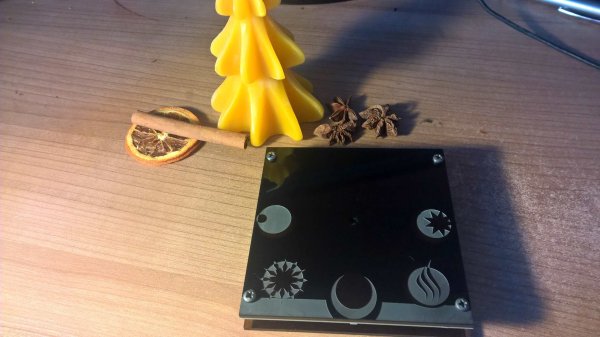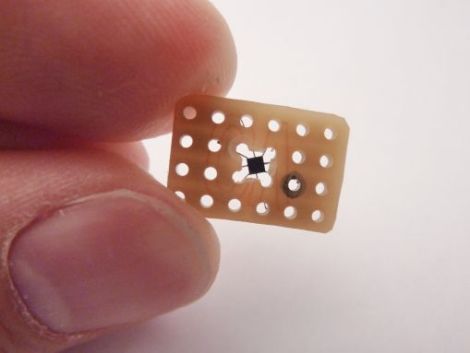How many times have you made a cup of coffee or tea and it’s been too hot to drink, and then by the time you get to it, it’s become too cold? While very much a #firstworldproblem, [ToniTheAxe] decided to fix it — and enter a contest at the same time. He calls it the µCoaster, and essentially, it is a temperature sensing alarm clock.
The coaster uses a TMP006 infrared temperature sensor which measures the temperature of whatever you place on the coaster indirectly. It also doesn’t use much power. He designed the PCBs around this and created a very nice looking coaster that’s powered off of a button cell battery — he thinks it’ll last for around 6 months with daily usage — though that depends on how bad your caffeine addiction is.
Continue reading “Smart Coaster Informs You When Your Drink Is Ready”













